University of California, San Diego
Center for Astrophysics & Space Sciences - Research Facilities
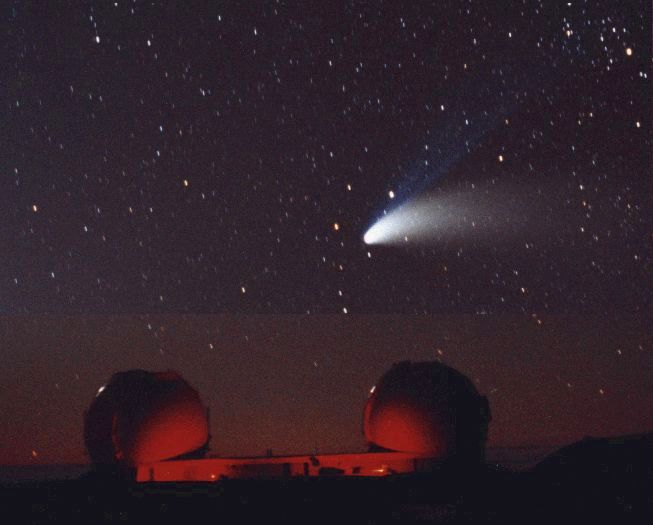 The Keck Telescopes with Comet Hale-Bopp - Credit & Copyright: Andy Perala, Keck Observatory
|

 The Keck Telescopes with Comet Hale-Bopp - Credit & Copyright: Andy Perala, Keck Observatory
|


|
Keck Observatory The twin 10-m telescopes of the W. M. Keck Observatory are located on the summit of 13,760' Mauna Kea on the Big Island of Hawaii. The Keck Observatory is operated by the California Association for Research in Astronomy (CARA), a partnership between the University of California and the California Institute for Technology (CalTech). Time allocated on the two Keck telescopes is divided between scientists in the University of California system, Caltech, the University of Hawaii, and observers winning NASA proposals. UCSD faculty and research staff compete with other UC astronomers for UC's approximately 300 nights/year; Graduate students and post-doctoral fellows may propose for Keck time through their research advisors. A full complement of optical and infrared instrumention is available, including UCSD's Long-Wavelength Spectrometer (LWS). |
|
University of California
- Lick Observatory Lick Observatory, located on Mt. Hamilton east San Jose California, operates a number of telescopes available to UCSD/CASS members. Principal research instruments are the 3-m Shane Reflector, which has an extensive instrument complement including:
|

|
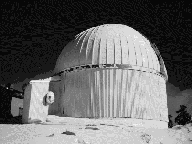
|
Mt. Lemmon Observing Facility
UCSD and the University of Minnesota jointly operate a 1.5-m telescope on Mt. Lemmon, near Tucson, AZ. The telescope is principally used for instrument development and graduate research/instruction. |
UCSD scientists use the US National Observatory facilities as well as UC/UCSD Observatories. Faculty and research staff have participated in the development of instrumentation for national space observatories, including the Hubble Space Telescope, Compton Gamma Ray Observatory, Rossi X-Ray Timing Explorer and other missions. CASS faculty and research staff currently have active programs on the following national ground-based & satellite facilities:
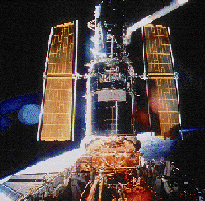
|
Hubble Space Telescope UCSD scientists & engineers designed and constructed the original Faint Object Spectrograph (FOS) |
| NRAO's Very Large Array |
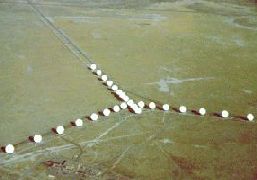
|
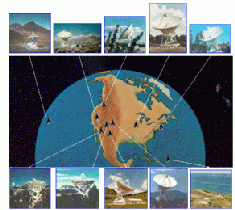
| NRAO's Very Long Baseline Array |
|
NASA's Compton Gamma-Ray Observatory (CGRO) The high-energy astrophysics group in CASS, led by Co-Investigator Jim Matteson, participated in the development of the CGRO Burst & Transient Source Experiment (BATSE) and are using BATSE to study cosmic gamma-ray bursts, possibly the most energetic events in the Universe. |

|

|
Rossi X-Ray Timing Explorer The High Energy X-Ray Timing Experiment (HEXTE) was designed and constructed by a team of CASS high-energy astrophysicists led by Dr. Richard Rothschild. |
In addition to the extensive network of workstations and personal computers used for day-to-day computing, CASS members have access to the San Diego Supercomputer facility located on the UCSD campus.
CASS Marlar Library.
UCSD Science & Engineering
Library.
ROGER UCSD's online library catalogue.
University of California
Digital Library UC's union catalogue

For further information about CASS please contact the Director, Prof. Arthur Wolfe.